The Samsung Galaxy S6 and S6 edge Review
by Joshua Ho on April 17, 2015 9:00 AM EST- Posted in
- Smartphones
- Samsung
- Mobile
- Galaxy S6
- Galaxy S6 Edge
Display
As we briefly discussed in our look at the specifications, the Galaxy S6 line introduces a newer generation of AMOLED displays, which is said to increase maximum luminance to 600 nits. Samsung claims that this was achieved with the use of new materials, which is likely necessary in order to sustain power efficiency improvements. It doesn't seem that AMOLED is uniquely suited to high resolution, but rather that Samsung Display Corp. is managing to dramatically improve how they make AMOLED displays with every year that offset power consumption increases from higher resolution displays.
To find out how Samsung did, we use SpectraCal's CalMAN 5 Ultimate, in addition to X-Rite's i1Pro2 Basic to characterize displays as accurately as possible.
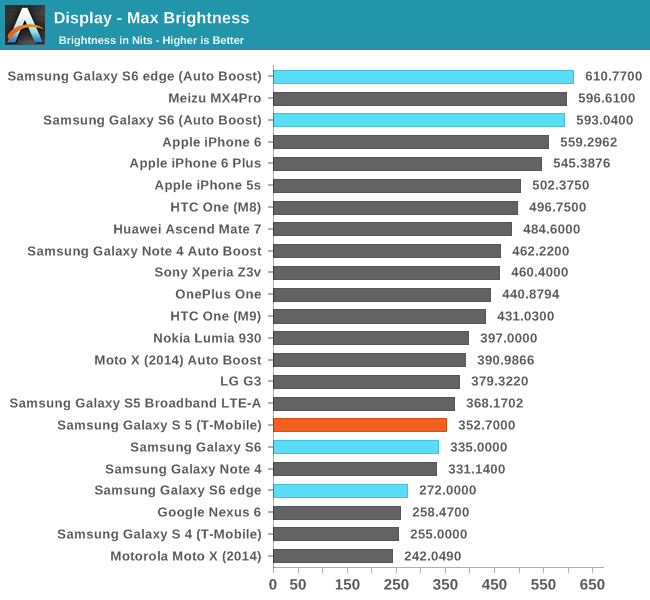
From the results Samsung's claims of a 600 nit display are valid in this case, which is a 100% APL white display. It's important to note that achieving this requires the use of auto-brightness, and that manual brightness is limited to a much lower brightness to reduce power usage, here the S6 sees similar maximum brightness as the S5. The S6 edge disappointingly only achieves 272 nits in this mode, a rather low value. I saw color balance shift dramatically in auto-boost mode, which suggests that this operating mode is likely less efficient than manual brightness. As an explanation, we've seen that colors are controlled in AMOLED by voltage while brightness is controlled by PWM (pulse width modulation). As with most recent AMOLED displays, there's no DC bias to the pixels so the contrast really is infinite instead of just a very large number when displaying black.
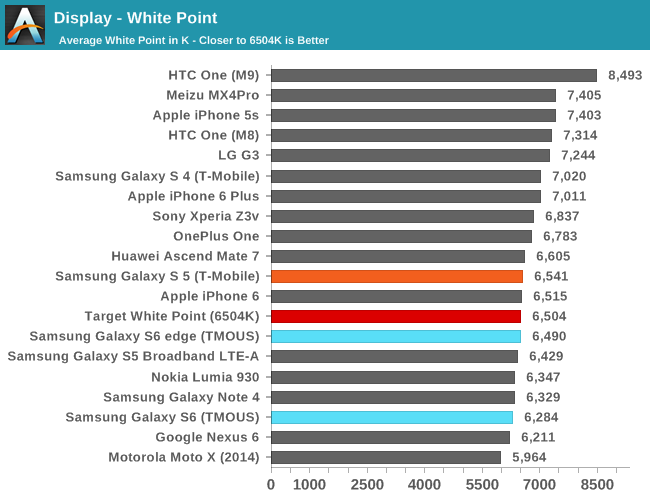

Moving on to grayscale, we can see that Samsung has done a pretty good job of controlling the white point and gamma across the saturation sweep, even if green is slightly dominant in both displays. We can also see that there is variation across displays as the S6 edge is closer to neutral while the S6 sample tends a bit warmer.
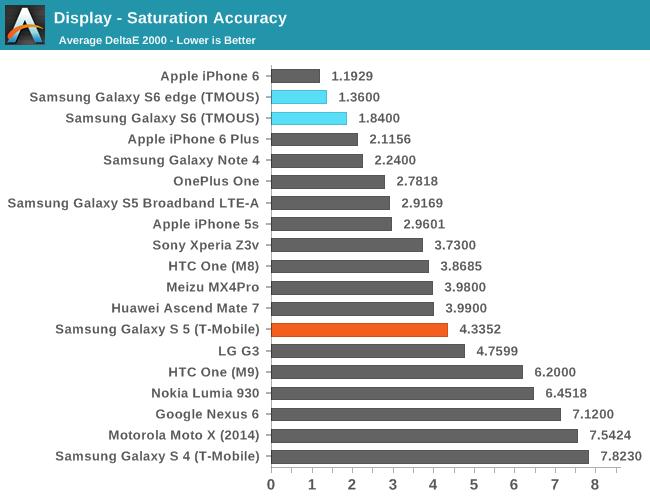
In the saturation sweep, both displays do an incredible job. I really don't have anything else to say here, because there's really no way to improve on the level of calibration Samsung has done on this display. Unless Samsung calibrates every single display in production, which is wildly impractical and effectively impossible to do, this is as good as it gets for a mass-produced device. Improving past this point will also be incredibly difficult to perceive, which means there's no real reason to go any further.
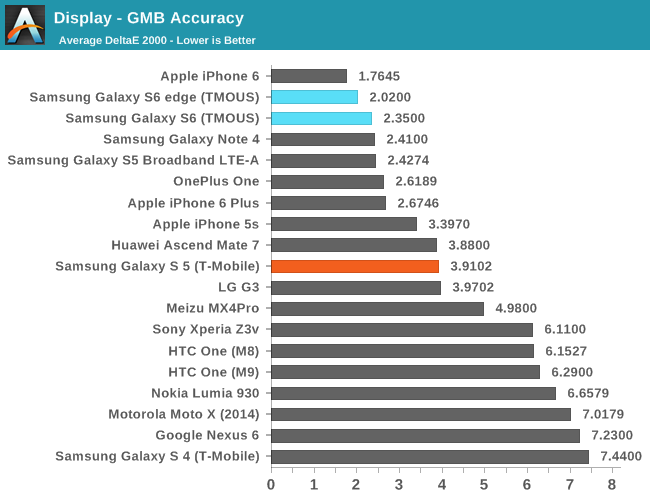
In the Gretag MacBeth ColorChecker, we can get an idea for overall color accuracy, which paints a picture similar to the saturation test. The only real problem I've noticed with these displays are the viewing angles, which can produce color shifting when the display is tilted. This is a bit of an issue on the edge variant as I can see that the edges of the display appear somewhat green when viewed head on, but otherwise there are no real issues to be seen here.
Overall, from a color standpoint it’s looking like Samsung has made one of the best displays available on the market today. Color accuracy is at the point where it’s pretty safe to say that the calibration doesn’t have clear color errors, and the peak brightness of the display is incredibly high. The 1440p resolution helps to compensate for the PenTile subpixel layout so in practice it’s effectively impossible to make out any pixels or the subpixel pattern. The contrast remains infinite as with most modern AMOLED displays, and overall it’s really hard to find any issue with the Galaxy S6’s display at first.
However while the S6 edge seems to be without any issues, the S6 does have some odd display issues that can be seen in direct sunlight as seen in the photo above. To be clear about this the photo above is a simple white screen, which should make the image completely homogeneous but instead there are two visible vertical lines and another jagged horizontal line that appear across the display. Inspection under a light microscope doesn’t really reveal what’s causing this, but the defect is quite visible in practice as seen in the photo above. I suspect that defects are rare, and in any condition other than direct sunlight I can’t see this visual problem.
While trying to see what this kind of defect looked like under a microscope, I also went ahead and took some photos of the subpixel pattern. As far as I can tell, it looks like the green subpixels have a bit more variance than what we’re used to as they tend towards oblong shapes rather than circles, which is likely due to the much tighter pixel density. It seems that this variance may cause some color shifting in certain units, which seems to remain a potential problem with Samsung's AMOLED displays. The pixel fill factor still remains surprisingly low when compared to LCDs, which usually have much higher active area. Due to the subpixel arrangement and some other differences in the display design, color shifting also remains higher than one would expect from LCD displays that are found in phones like the iPhone 6.
The final test that I managed to run on the Galaxy S6 is the brightness vs APL test, which shows the advantage of AMOLED’s emissive nature as it can dynamically increase brightness if the entire display isn’t showing a white screen. As a result, this means that in low APL scenarios like dark movie scenes and app themes it’s possible to see a maximum brightness closer to 700 nits or higher. However, in practice the display’s practical brightness is closer to 600 nits.
Overall, the display is still one of the best on the market, but I would be a bit concerned about fill factor for VR applications as that was a problem on the Note 4. Issues like purple smearing have been resolved, but there are still some problems with the display such as color shifting with changes to viewing angles and some variability in display quality from unit to unit. With this generation I suspect Samsung is either meeting or exceeding the best LCDs in quality, and with the next generation of AMOLED it’s likely that high end smartphones will have to migrate to AMOLED to remain competitive.



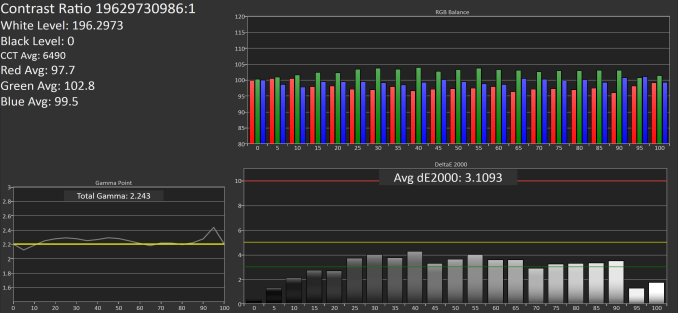
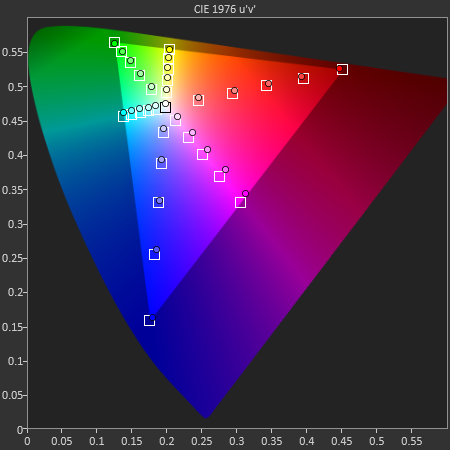
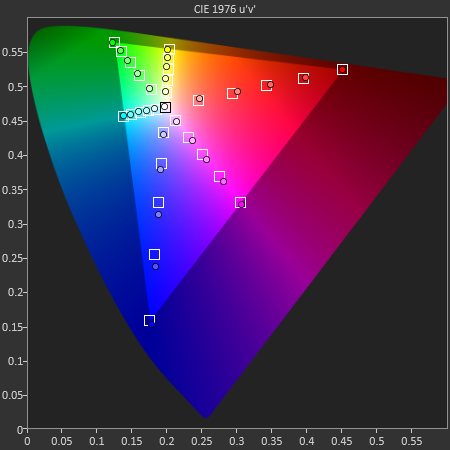
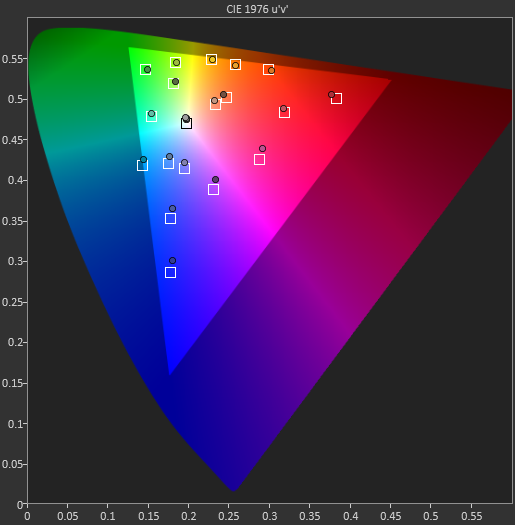

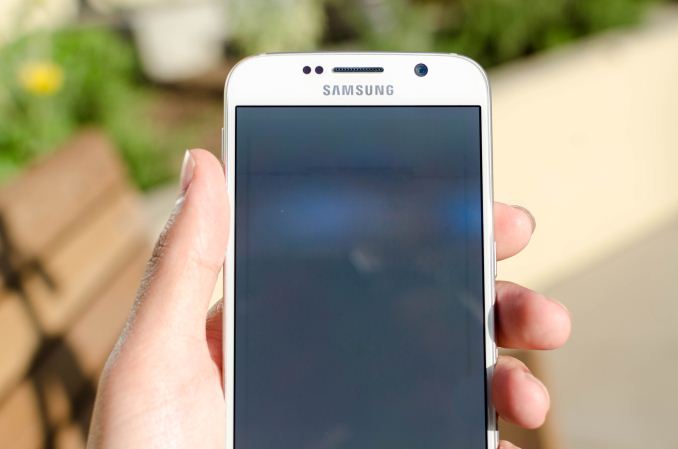
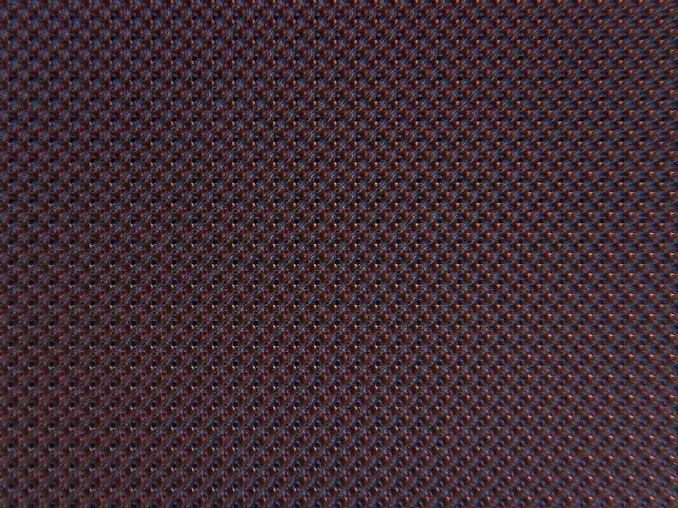
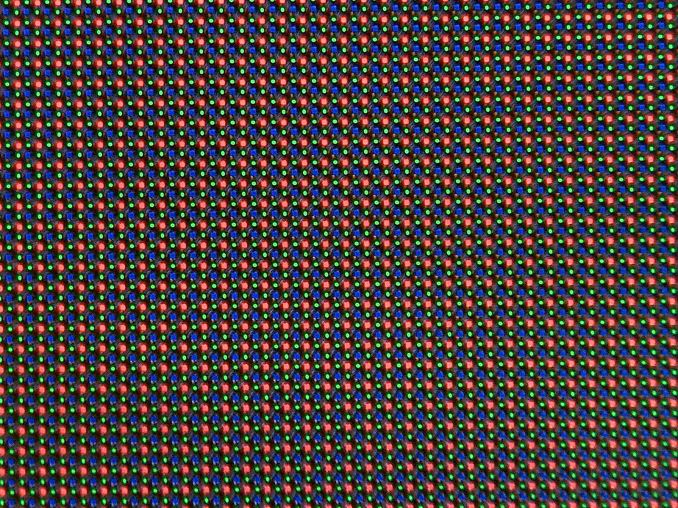
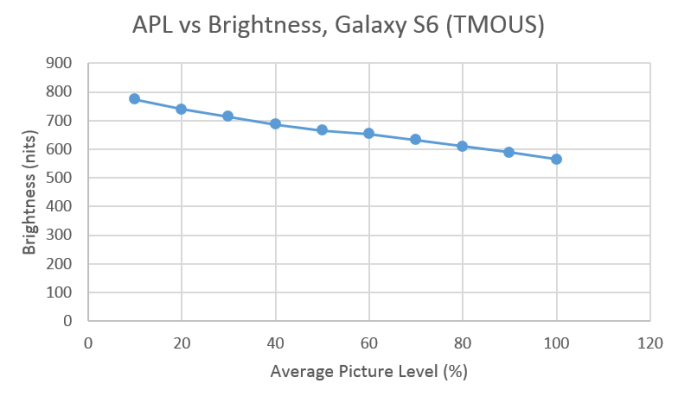








306 Comments
View All Comments
ianmills - Friday, April 17, 2015 - link
So having an sd card in metal body is impossible then?will54 - Monday, April 20, 2015 - link
Not sure if you are serious or joking since sarcasm is so hard to catch on the net, but my One M8 has an sd slot nevermind that most if not all phones have a sim slot .juxt417 - Wednesday, April 22, 2015 - link
No but an SD card loading 4k pictures and video without lag is.akdj - Sunday, May 31, 2015 - link
Someone should let Nikon, Canon, Sony ...even RED uses CF cards -- I believe? Silly jux, you can very easily capture these bitrates to any class ten MicroSD card. I was capturing 4k on my Note 3 a year ago on a card half the speed of the one in my Note 4.FlushedBubblyJock - Friday, April 24, 2015 - link
that's the insane claim - the metal body precludes the sd card - just bow your head, scramble your brains for them, pretend you're stupid as a rock, and stfu, please, the overlords desire that their lies be swallowed and enjoyed, preferably on your knees in full worshipful regale, knave, believe, you want to believe don't you ?akdj - Sunday, May 31, 2015 - link
What the hell is a smartphone 'power user'? Are you one of the dbags I see walking around, texting and not paying attention to society or your surrounding?Surious, I'm curious what it is that makes YOU a power user of ...a smartphone?
(To lay it out there, I own a phone with MicroSD/battery replaceability as well as one without and I can honestly say the ability to use my mSD card with each iteration of Android has diminished significantly ...and having to 'split' apps between system and external storage makes for a HIGE PITA when it comes to backing up a phone with or without and then restoring a new Android model, again ...with or without ...maybe I'm a 'power user' and wasn't aware)
Genuine and honest curiousity from a fellow SD user --- & current Note 4 & S6 owner for nearly a month now ---
Fallen Kell - Friday, April 17, 2015 - link
Samsung lost my sale. I had been holding off until the S6 came out, but no SD card slot = no purchase from me. Now I am looking for another phone, and in the meantime keeping the one I have until I get a high end phone with SD card slot (possibly HTC releases the E9+ in NA with all the complaints they have had for not doing so, and especially given the fact that Samsung has obviously dropped the ball on the S6 opening the door for a high end HTC that has all the bells and whistles to take over the market).JeffFlanagan - Friday, April 17, 2015 - link
They'll lose a few customers, but I was willing to give up the SD slot. The S6 is beautiful, and much more responsive than the HTC One (M8) that I traded in. LTE reception is also much better, so I can stream video and music, so 64GB is plenty of storage.bogda - Friday, April 17, 2015 - link
Do you know that 32GB MicroSD costs 13$ on Amazon? And you are willing to pay 100$ for upgrade from 32 to 64? Funny.name99 - Friday, April 17, 2015 - link
And that 32GB SD card performs at the level of the flash that we have in this phone?No?
So then why is its price relevant?